Happy new year, and welcome back to Rare Books and Special Collections’ series of blog posts featuring places in British Columbia based on the room names in the Irving K. Barber Learning Centre.
Our featured place for this post is Lillooet, which was founded as “Mile 0” on the Cariboo/Barkerville gold rush wagon trail. Located 340 km northeast of Vancouver, Lillooet is included in the traditional land of the St’at’imc first nation. After the Gold Rush period, the main industries in Lillooet were centered around the railway, ranching, farming and forestry.
Our featured documents are three photographic postcards from the B.C. Historical Photograph collection at RBSC. This collection can be searched through the Archives, Bibliographies and Reading Rooms section of the library catalogue, or on the RBSC site.
All three photographs were taken by the photographer Arthur Phair, and depict scenery around Lillooet, views from the Pacific Great Eastern Railway… and Lillooet’s first truck!
According to Camera Workers of British Columbia, Arthur Phair was a commercial photographer active in Lillooet from around 1920-1933. Camera Workers of British Columbia is a great (and free!) resource for identifying photographers in B.C. from 1858-1950.
In the Irving K. Barber Learning Centre, the Lillooet room (#301) is part of the Chapman Learning Commons. This beautiful room is a favorite for conferences and meetings.
Interesting Lillooet fact: Lillooet’s Bridge of 23 Camels, opened in 1981 and named by contest, is named after 23 camels brought to B.C. during the gold rush period to use as pack animals. Sadly, the camels’ soft feet were not suited to the rough wagon trails, and they were reportedly stinky and difficult to manage. Most were subsequently abandoned to roam the B.C. wilds before succumbing to cold winters or hunters.
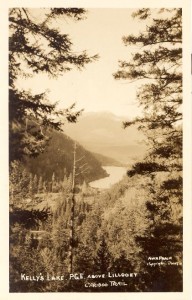

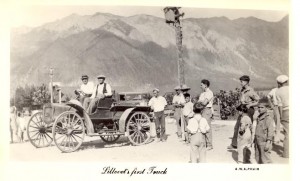

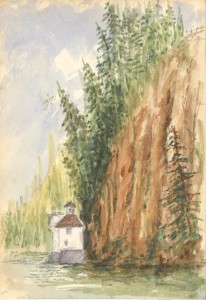

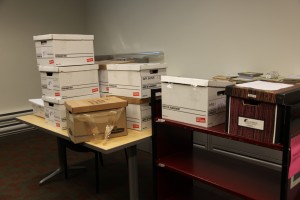
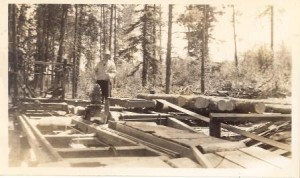

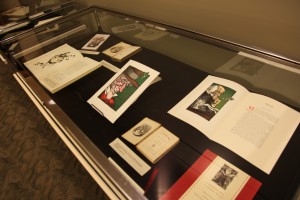
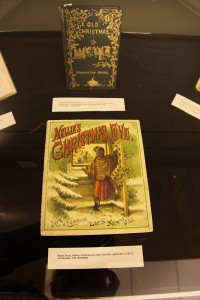
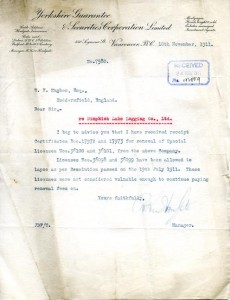
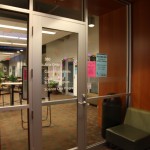

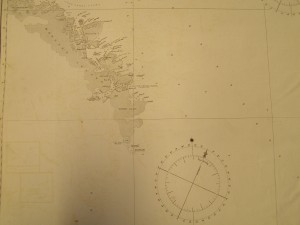

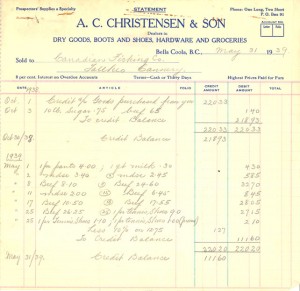

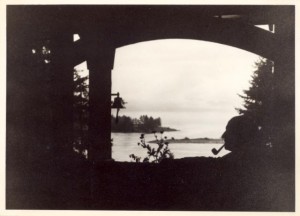
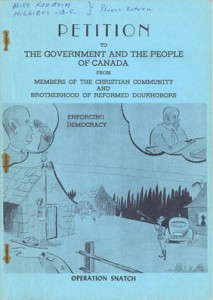 Archives of note recently added at Rare Books and Special Collections:
Archives of note recently added at Rare Books and Special Collections: